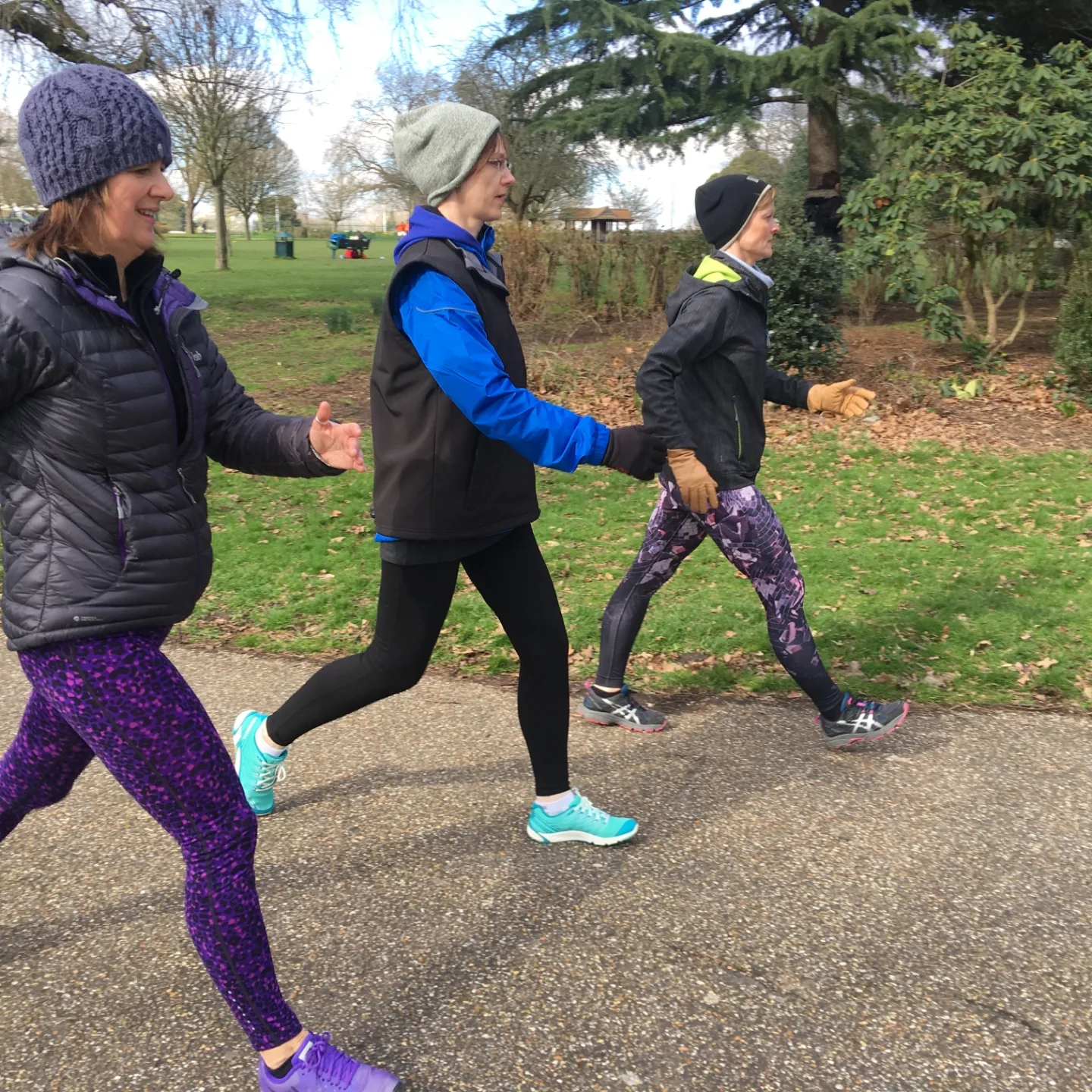
With packed schedules and endless to-do lists, the idea of fitting in time to exercise can seem daunting. But what if there was a way to integrate exercise seamlessly into your daily routine, without sacrificing precious time or energy? Enter WalkActive – the revolutionary method that proves you don’t need hours in the gym to achieve significant health benefits.
We believe that every step you take should count, and that by refining your technique and focusing on the quality of your movements, you can achieve remarkable results. That’s why we’re dedicated to helping you make the most of your walking routine, whether you’re strolling through the park or navigating a busy home life on the way to pick up the kids!
But what sets WalkActive apart from traditional walking? It all comes down to technique. While many of us may think of walking as a simple, instinctive activity, the truth is that our posture and gait can have a significant impact on our overall health and fitness. Poor technique can lead to a host of issues, from muscle imbalances to joint pain. This means that no matter how much you walk, if you aren’t using good technique, you could actually be exacerbating existing health issues or causing new ones. On the other hand, proper form can help improve your posture, boost your fitness, and reduce your risk of injury

But perhaps the greatest advantage of WalkActive is its accessibility. Unlike traditional exercise programs that require expensive equipment or time-consuming gym sessions, WalkActive can be integrated seamlessly into your daily routine, no matter how busy you may be. Whether you’re walking to work, running errands, or simply taking a leisurely stroll, you can harness the power of WalkActive to improve your health and fitness with minimal time and effort.
Frequently Asked Questions
- Can you explain the key principles behind the WalkActive method and how it differs from traditional walking?
- How does focusing on the quality of movement enhance the health benefits of walking?
- What are some common misconceptions about walking technique that the WalkActive method aims to address?
- How does poor walking technique contribute to health issues, and how does WalkActive help mitigate these risks?
- Can you provide examples of how WalkActive can be seamlessly integrated into a busy daily schedule?
- What are the advantages of using the WalkActive app compared to traditional exercise programs or gym memberships?
- Could you elaborate on the scientific evidence supporting the effectiveness of the WalkActive method, particularly the research conducted by Prof Darren James and his team?
- How does WalkActive improve posture and reduce joint impact, as claimed?
- What are some tangible results that individuals can expect to see from regularly practising WalkActive?
- Are there any specific tips or techniques recommended for beginners looking to incorporate WalkActive into their daily routine?
Answers
- The WalkActive method focuses on refining walking technique to maximise health benefits. Unlike traditional walking, which is often seen as a simple activity, WalkActive emphasises proper posture and gait to improve fitness and reduce the risk of injury.
- By concentrating on the quality of movement, WalkActive enhances the effectiveness of walking as an exercise. Correct technique helps to engage the correct muscles, improve posture, and reduce strain on joints, leading to better overall health outcomes.
- Common misconceptions about walking technique include the belief that it is a purely instinctive activity and that any walking is beneficial. WalkActive aims to dispel these myths by highlighting the importance of proper form and technique in achieving optimal health benefits from walking.
- Poor walking technique can contribute to issues such as muscle imbalances and joint pain. WalkActive addresses these risks by teaching participants how to walk with correct posture and alignment, thereby reducing the likelihood of injury and improving overall fitness levels.
- WalkActive can be seamlessly integrated into a busy daily schedule by incorporating it into activities such as walking to work, running errands, or taking leisurely strolls. Its accessibility makes it suitable for people with limited time and resources.
- The WalkActive app provides a convenient platform for learning and practising the WalkActive method. Unlike traditional exercise programs, it does not require expensive equipment or time-consuming gym sessions, making it accessible to a wide range of users.
- Scientific evidence supporting WalkActive’s effectiveness comes from research conducted by Prof Darren James and his team at South Bank Sports Performance Laboratory. Their studies have shown that WalkActive significantly improves posture, reduces joint impact, and increases walking speed by up to 24%.
- WalkActive improves posture by teaching participants how to align their bodies correctly while walking. By reducing joint impact, it helps to prevent injuries and discomfort associated with poor walking technique.
- Tangible results from practising WalkActive regularly may include improved posture, increased walking speed, reduced joint pain, and overall better physical fitness.
- Beginners looking to incorporate WalkActive into their daily routine can start by familiarising themselves with proper walking technique using resources such as the WalkActive app or instructional videos. It’s important to focus on maintaining good posture and alignment while walking and gradually increase intensity and duration over time.


